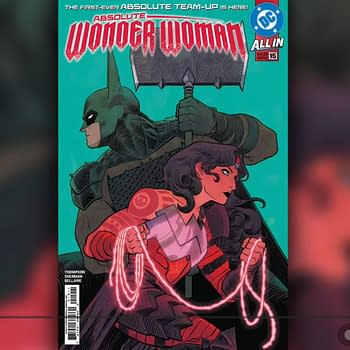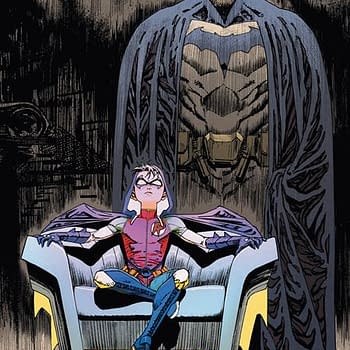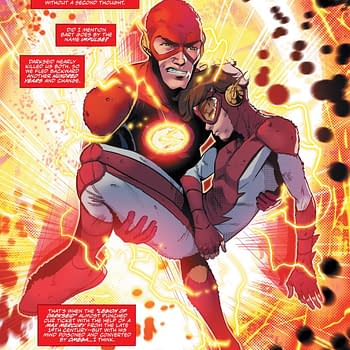Posted in: Comics, Recent Updates | Tagged: Comics, dennis o'neil, denny o'neil, harvey pekar, how to write comics and graphic novels, How to write comics and graphic novels by Dennis O'Neil, larry hama
How To Write Comics And Graphic Novels by Dennis O'Neil – The Late Show

First, a loud, agonized mea culpa of such intensity that ceiling of the celestial vault is shattered!
I screwed up. Didn't get a lesson/column/whatever-this-is in last week.
Reasons? A few maybe. But can we distinguish them from excuses? Ah. Perhaps 'tis best not to try.
But we might extract a teaching moment from this woe. I mentioned excuses.
What about them? This: as a professional writer you're not allowed to have any. If you've agreed to get a job done, within certain parameters, on a given date, you do it.
I'm tempted to say that if you don't, your soul unravels just a bit and if you continue blowing your promises, pretty soon your soul is a shabby rag. (But that might be a bit over the top.)
One of the sorriest things a writer can do is get good at excuses. Like almost everything else, this skill improves with practice and if you practice enough, you're compromising your professional rep, endangering the possibility of future assignments, and maybe living in a twisted place.
You want none of that. Let me now make partial atonement for my own sin by laying out some thoughts about writing dialogue.
Let me begin by admitting that I can't teach you how to write dialogue, and I've never met anyone who has made such a claim, though that person might exist. But I can offer a few pointers.
The most important is this: Every line of dialogue should contribute to the shape and structure of the story as a whole. It provides information and characterization or builds suspense or all of the above.
I mentioned characterization. Let me elaborate: dialogue contributes to characterization, but it doesn't do the whole job. In fiction as in life, what people do reveals who they really are. What they're saying might be a lie.
But <–
Dialogue is important. It lends color, depth, wit and meaning to narrative. It explains. It clarifies. It helps create the illusion that what's on the page is a person and not just some ink.
Shakespeare told good stories, but what we remember, what makes Hamlet more than just a kid with problems, is the poetry, rendered asdialogue.
(Another) But <–
In comics we've got to be careful not to overuse dialogue. Always be aware that you're working in a visual medium, and a static visual medium, at that. This means that you must maintain a balance between word and image. You don't want your character peeking from behind bloated speech balloons. Which means you can't forget the number of words you're putting in each panel, If you've got a seven panel page and there are 70 words in every panel, well…at the very least you're slighting the visual part of the narrative/
That brings us to talking heads. The late, unique, sui generis Harvey Pekar made good comics from medium shots of characters doing nothing more than yakking. And Tino Wallenda could walk across a wire a hundred feet off the ground. You're not Tino, and you're not Harvey, either. A rule of thumb: if a talking-heads scene is taking two or more pages, have a damn close look at the story structure to be absolutely certain all that blather is necessary.
About filling those speech balloons with scintillating repartee: Do it early and often. When writing comics (or short stories or magazine features) it's a good idea to get your people speaking as soon as possible. Tom Wolfe, a superb reporter and novelist, wrote that his peers "learned by trial and error something that has since been demonstrated in academic studies; namely, that realistic dialogue involves the reader more completely than any other single device."
For a while, there as a tendency for writers to load pages with captions, often omitting speech balloons for several pages running. That's dangerous. Captions don't have dialogue's power to engage readers.
We're all interested in people and we have a tendency to want to "hear" them talk. Larry Hama, whom I continue to believe is an underrated comics guy, believes that many readers don't read captions at all and he may be right.
And in the years I worked with him, Larry never blew a deadline.
















